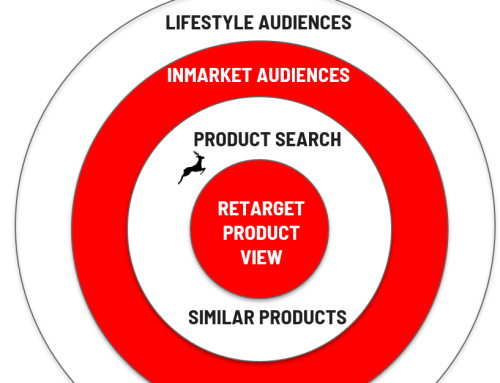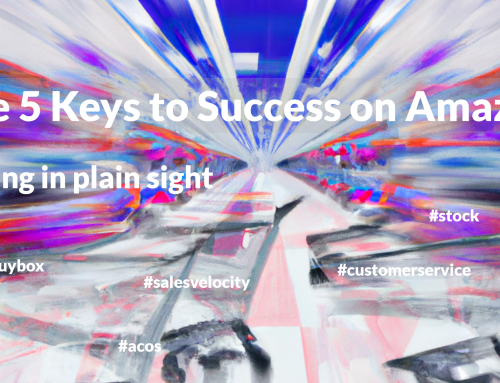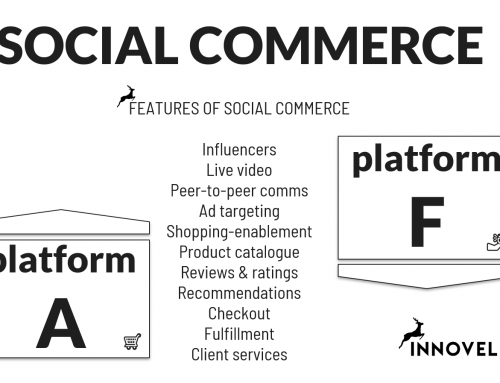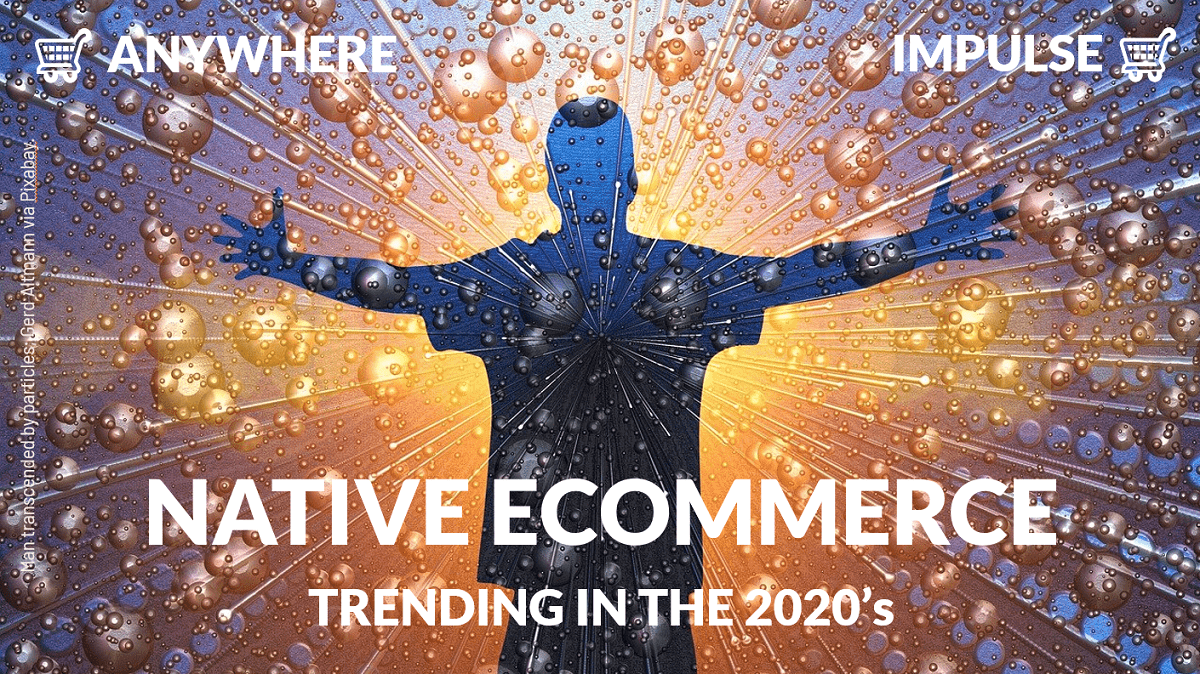
Native Ecommerce
Native Ecommerce will power the shopping craze of the 2020’s. Watch a film and be attracted by a dress the actress is wearing. Pause, click, purchase right there, then resume your film. See a designer watch in an influencers’ feed on Instagram, click, purchase and scroll along. Watch a start-up founders’ live demonstration of an innovative product and buy it on the spot. Native Ecommerce is the future of impulse buying. Making the user experience great again.
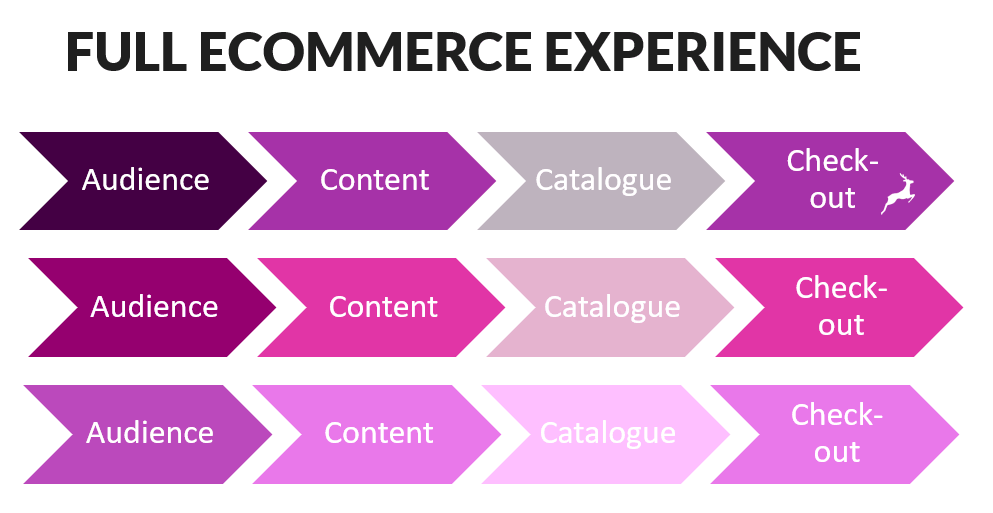
Native ecommerce is when then entire shopping process from product discovery to purchase and checkout happens natively on the same platform. Such a process is already native to Amazon, but in most other online purchase journeys online, you still jump to another platform when it comes to the final purchase of a product. This disrupts the user journey, puts tracking off and represents a monetization loss for the platform you left.
Over the past few years, industry observers have described a trend known as social commerce, whereby more and more of the purchase journey is integrated into social media platforms such as Instagram and Pinterest. Social commerce, however, is no longer the only type of native ecommerce on the rise. Native ecommerce is coming to most of your existing online platforms, changing the nature of the online purchasing journey and making ecommerce into a feature applicable to any existing platform. Facebook shops are accepting payment and Google now has a buy button which we will find in videos on YoutTube, on it’s shopping experience and even in search results. Every online platform is working to complete its’ range of features for online shopping so that you no longer have to click through to an ecommerce site or go over to Amazon to buy products. Stay put, native ecommerce is coming to you making shopping a feature of any online experience.
The Trinet and the compartmentalisation of the internet
Some will consider this trend of compartmentalisation of the internet a disturbing trend. It certainly wasn’t the way the internet was conceived to be. With the strong growth of Apple, Google and Facebook and the walled gardens they raise around their users, the internet of the 2010’s started to be called the trinet, as each of the three players were pretty much building their own internet and raising barriers around it to avoid users and data to flow between them. In these Data Wars, the end user has a seamless experience within each of those walled gardens, and an inconsistent one when the boundaries are crossed which is perfectly natural user behaviour. The marketers nightmare.
When I launch a Facebook or LinkedIn page, I am much less concerned about feeling blind. I am more concerned of being misled by the stats I receive from the platforms and not receiving the ones I am interested in. The first time business owners are confronted with the reality of their Facebook page can be a bit awkward. They have heard so much about all the data Facebook holds on users. Didn’t Cambridge Analytica have 5000 data points on each user thanks to data collected via Facebook? Then how come you can’t even know who the fans of your business page are, and less so contact them?
You can access the data for marketing purposes. Show advertising to all your fans, to all the fans of your fans, to people in specific demographics, geographic segments, those interested in footwear, or those who are likely to buy insurance. Facebook has the most powerful targeting machine on the internet due to that user data, but you don’t get it, you can only rent it, even if it was built with your own contribution.
In the 2020’ies the compartmentalisation is much broader than a trinet. Most online platforms are using similar same techniques of impeding user leaks and blocking data flows. Amazon, Microsoft, Snapchat, TikTok. Each platform will penalize the distribution of content taking the users outside of their platforms and will impede most tracking of activity from any other platforms.
How tracking and data restrictions are reinforcing this trend
When I launch a new website I always feel entirely blind until an analytics tool such as Google Analytics is active. Imagine you opened a fashion retail shop and you would stand in the middle of the shop and not be able to see any of your visitors nor hear when the door opens. The only thing you could know would be when the till rings a new sale. People have come to hate cookies across the board but sometimes miss some of the essential things they help us do. Please don’t remove first party cookies! Please don’t block all cookies when you go to a website. Don’t prick out the eyes of the store owner!
On the expanded trinet, platforms don’t allow you to do any tracking on their own. You have no raw data, can’t extract it, can’t consolidate with any other platform data you may have. Don’t say you didn’t know, it was in the terms and conditions you accepted when you created your page!
If marketers could get their right, they would ask for tags to be placed on every page of their brand’s presence. These tags would allow them to understand how their marketing impacts end-users, and especially allow them to use automated optimization allowing for advertising to be efficient. But those signals are absent from any cross-platform advertising, except traffic sent to your own website.
The end of cookies is one of the big topics in our digital marketing report.
The opportunity for online merchants
Whereas marketers are struggling with this segmentation of the internet into closed circuits, it might actually provide an opportunity for online merchants because of the desire of each of these platforms to provide all the functionality necessary to complete a purchase.
It is already quite common to have an ecommerce website and an Amazon store in parallel. Merchants are managing the challenge of maintaining a catalogue in two places and driving traffic and optimizing each of them.
In order for such a dual approach to work, a number of opportunities present themselves to merchants:
- Maintain a single source of catalogue, for example by using a PIM (Product Information Management) tool, and upload the catalogue to each ecommerce channel.
- Optimize inventory and fulfillment, for example by using MCF (Multi-Channel Fulfillment) from Amazon whereby you hold one FBA inventory (Fulfillment by Amazon) and pass orders from other channels to Amazon
Being an omnimerchant is not something reserved for large ecommerce operations. The tools and processes are constantly improving to make this possible.
A blueprint for operating native ecommerce
In a small ecommerce set-up, a catalogue can be managed via an excel file. Perhaps taking a first step further and making this a shared online version would be a great idea. Google Sheets can do wonders. With one single source of the catalogue, each native ecommerce channel will be fed the same information.
For large catalogues, a product information management tools becomes necessary. It can maintain the latest product information and ensure consistency between channels.
For driving traffic to each ecommerce channel, the job of the marketer suddenly became much easier. For a Facebook shop, advertise on Facebook and Instagram, for a Google Shopping set-up advertise on YouTube and Google, for an Amazon store, no need to look for external traffic.
One of the big challenges for ecommerce has always been the checkout. This is where a large part of the current revolution is taking place. Google and Facebook are starting to do the checkout. Facebook probably even has its own currency on the roadmap. Other players such as TikTok, may move in the same direction dragging Pinterest and Snapchat with them. Payment on Google and Facebook is currently only possible in the US market, and in other markets, the solution may be an ecommerce solution such as Shopify allowing you to run your own ecommerce website and provide the checkout for Facebook and Google operations.
In the future, however, an ecommerce operation may not need a site. This changes the nature of a merchants’ infrastructure and budgeting.
Remains to be see whether agile ecommerce corresponds to what users want
The infrastructure for the omnimerchant is here. All the big marketing platforms are enabling native commerce and raising their walled gardens. The only ones who weren’t asked their opinion were the end-users. Do you really want to buy that dress in an instant while you are watching a film? There is an opposite trend of buying less, recyclying and sharing. Of giving it a good think before you do your purchase in order to not overconsume. And many users cherish their freedom, doing what they can to not be locked into the user journey the marketing platforms laid out for them.
Native ecommerce is definitely a trend, and it can bring efficiency to merchants, and consistency to marketing operations. But whether users will go all the way remains to be seen.


